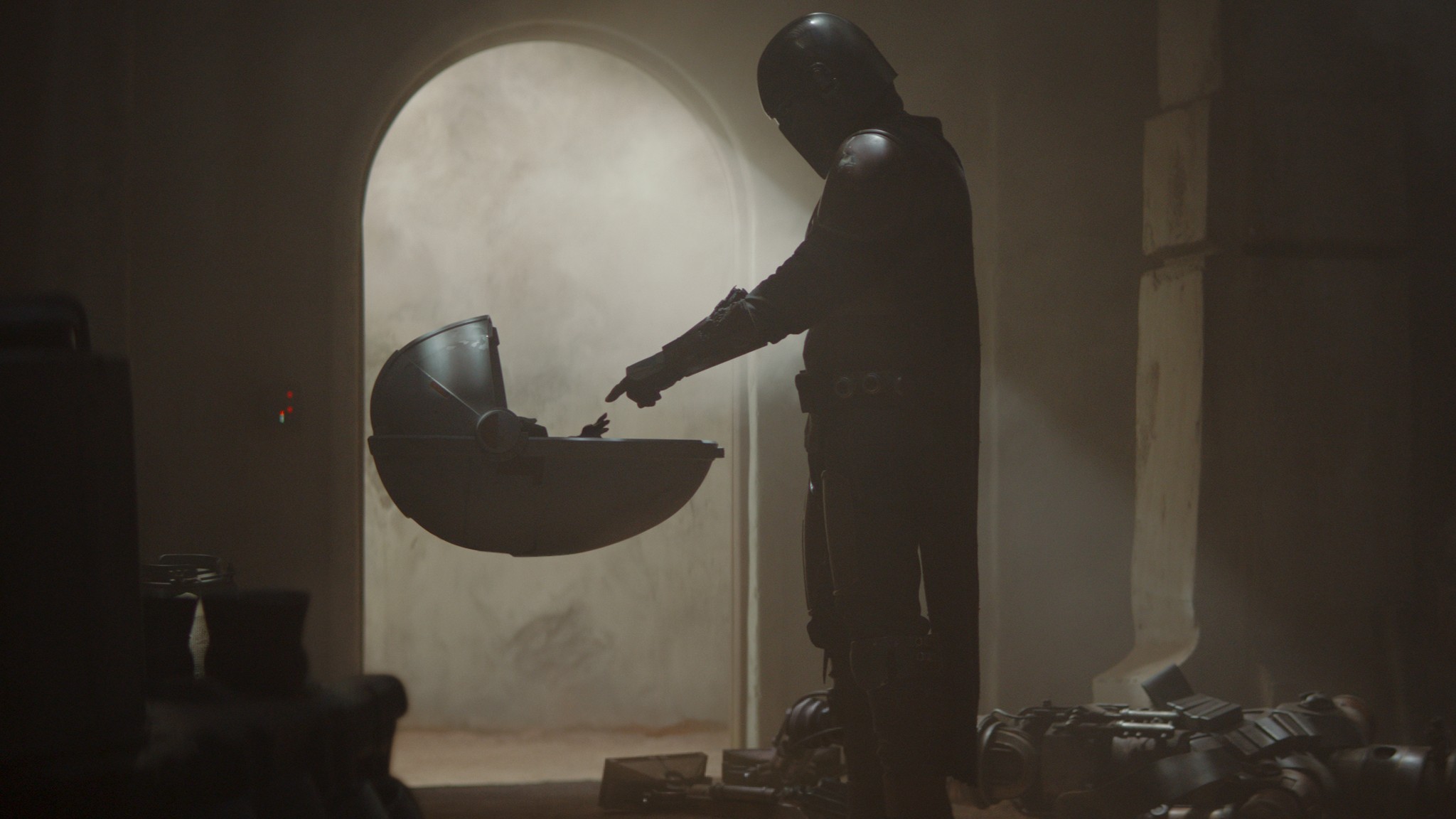
In 2012, when Disney acquired Lucasfilm, it ignited a fresh era for Star Wars, promising a universe brimming with untold tales and limitless creativity. For many fans, the arrival of Disney+ felt like the actual beginning of this new phase, as the streaming platform emerged as the main launchpad for numerous Star Wars series. The series The Mandalorian, starring Pedro Pascal as a charismatic (yet masked) lone gunman, ushered in this new trend with remarkable success. The instant popularity and critical praise it received set a high benchmark for future projects, defining how new Star Wars narratives could be introduced and developed. However, what seemed to be an advantage at first has turned out to be perhaps Disney’s most significant strategic blunder concerning the franchise on its streaming service: the choice to tie almost every subsequent live-action series to The Mandalorian’s existing canon and timeline.
This decision, while creating a consistent universe for the New Republic era of Star Wars, has unintentionally established a tight framework that hinders creativity and restricts the boundless potential of the Star Wars galaxy. Instead of exploring the limitless possibilities offered by this distant world, Disney is now confined to a single, albeit successful, reference point for their new series. This decision, in essence, has created a creative roadblock.
Tying All Narrative Threads to the New Republic Era Has Restricted Creative Freedom and Exploration

After the conclusion of “Star Wars: Return of the Jedi,” there’s a lot of room for new tales to be spun. The collapse of the Empire, the emerging New Republic, and the remnants of war open up numerous opportunities to delve into the process of rebuilding the galaxy. In reality, Star Wars comics like Alex Segura’s main “Star Wars” series have seized this chance, setting their stories immediately following “Return of the Jedi.” Furthermore, “The Mandalorian” TV show effectively utilized this time period by sharing stories that were longed for, offering a unique perspective on the post-Imperial world through the lens of a bounty hunter active in the Outer Rim.
Disney’s success with the Star Wars franchise caused them to concentrate their efforts narrowly during this period, implying that the post-Endor timeline was the most important or the only one capable of supporting multiple interconnected series. Shows like Star Wars: Ahsoka, Star Wars: The Book of Boba Fett, and Star Wars: Skeleton Crew are all set in this post-Endor timeline, frequently featuring character crossovers and plotlines that depend on characters and events introduced in The Mandalorian. This continuity pleases fans who are deeply invested in these specific stories, but it limits the creative freedom available to showrunners and writers.
While Disney has delved into time periods that are too distant from The Mandalorian to necessitate a continuous narrative, like Star Wars: The Acolyte and Star Wars: Andor, anything post-Return of the Jedi must be canonically linked to what’s colloquially known as the “Mandoverse.” This strategy could potentially foster a feeling of monotony, making each new series seem more like an additional installment in a larger, pre-existing narrative rather than a standalone, thrilling adventure.
This Approach Limits Audience Ratings and the Franchise’s Long-Term Viability

Star Wars’ charm stems from its grandeur; it’s more than just a solitary tale – it’s an entire universe. However, Disney+’s current approach is squeezing this extensive universe into a rather confined perspective. This narrow focus not only restricts the types of stories that can be explored, but also pushes away fans craving something fresh and distinctive, or those who haven’t watched every Star Wars series on Disney+, thereby missing crucial storylines. Long-time fans, many of whom were immersed in the extensive Legends lore, often yearn for stories set during different eras, unbound by the Skywalker Saga or its immediate sequels. Constantly revisiting familiar landscapes, even with cherished characters, can eventually lead to fan fatigue.
By solely concentrating on one post-“Return of the Jedi” timeline in Star Wars content for Disney+, significant consequences arise for the show’s long-term success. Since every fresh series seems obliged to link back to “The Mandalorian,” what happens when that narrative thread concludes or audience fascination with that specific period fades? With limited room to modify canon during this era, Star Wars risks becoming creatively rigid and unsurprising. The emphasis on interconnectedness has placed Disney in a predicament, imposing an unnecessary restriction and impeding the potential for Star Wars on Disney+ to evolve and innovate.
In order to flourish during the New Republic period, Star Wars should aim to escape the magnetic force of one specific series and instead, tap into the limitless possibilities hidden within its rich past.
https://comicbook.com/movies/news/characters-star-wars-should-never-touch-again/embed/#
Read More
- Ashes of Creation Rogue Guide for Beginners
- Best Controller Settings for ARC Raiders
- Meet the cast of Mighty Nein: Every Critical Role character explained
- How To Watch Call The Midwife 2025 Christmas Special Online And Stream Both Episodes Free From Anywhere
- Tougen Anki Episode 24 Release Date, Time, Where to Watch
- Emily in Paris soundtrack: Every song from season 5 of the Hit Netflix show
- 7 Most Powerful Stranger Things Characters Ranked (Including the Demogorgon)
- Avatar 3 Popcorn Buckets Bring Banshees From Pandora to Life
- Avatar: Fire and Ash’s Biggest Disappointment Is an Insult to the Na’vi
- Elizabeth Taylor’s Son Says Taylor Swift, His Mom Are Kindred Spirits
2025-07-20 23:10